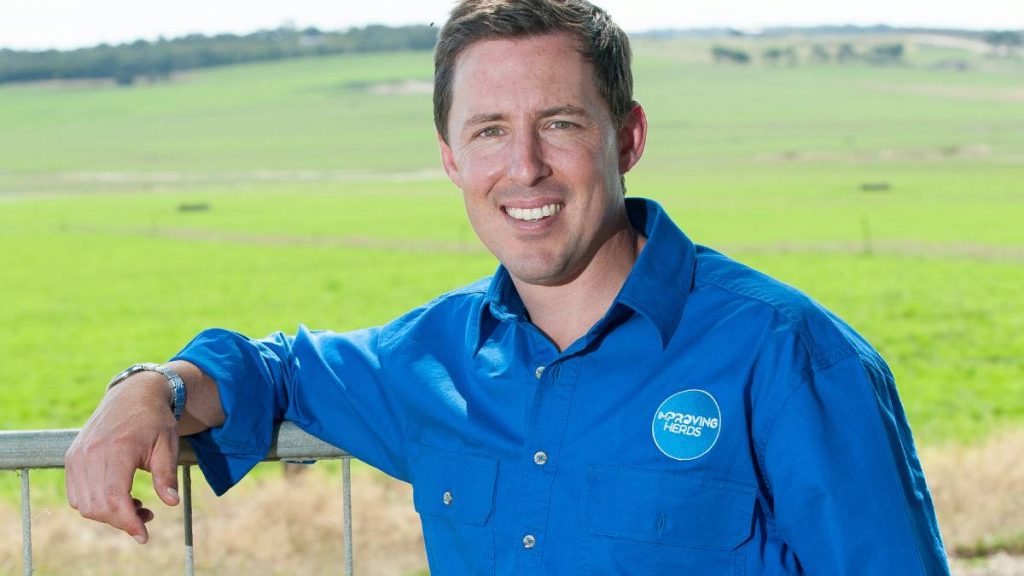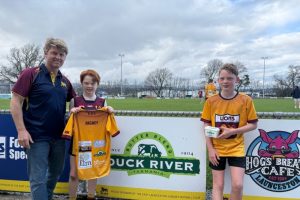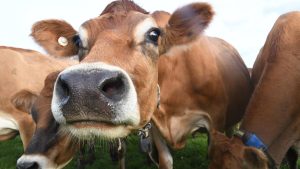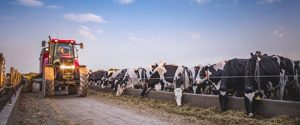
But it’s embedded in almost every calf born on dairy farms and is having a profound impact despite being around for only a decade.
It’s genomics – the use of genetic information (in the form of DNA markers) to predict the performance of animals. This is being used to select the best performing animals from which to breed -both the bull sires bred by artificial breeding companies worldwide to supply semen to the dairy industry and the heifers and cows used by farmers to breed replacement animals.
Australian Professor Ben Hayes was one of the co-inventors of the genomic prediction technology and led much of the work that saw it adapted into the Australian dairy industry’s breeding values.
He told the Herd ’19 conference at Bendigo, Vic, in March that the technology had delivered on much of its early promise.
Farmers at both that conference and the Australian Dairy Conference in Canberra in February described how they were using genomic information as a routine part of breeding decisions on their farms.
But a word of warning was sounded at the Bendigo conference – with a Dutch herd improvement manager providing insight into unintended consequences of genomic selection.
Prof Hayes told the conference the idea that DNA could be used to identify the best performing animals had been researched since the 1960s.
The initial focus was on finding the five or so genes that would explain the big differences in cow performance. By 2000 researchers realised these genes of large effect simply did not exist. For example, the gene with the largest effect of production of kilograms of protein explained only about 2 per cent of the variation in animals. “In fact, we have lots of genes of small effect,” he said.
The breakthrough in 2001 was when Prof Hayes and his fellow researchers worked out a way to use genome-wide markers and statistical calculations to capture the contribution of all the genes of small effect.
But this remained a theoretical computer simulation until 2008 when cheaper genetic tests – called SNP arrays – were developed that allowed widespread DNA testing.
The dairy industry was extremely well placed to take advantage of this as it had banks of semen from progeny test bulls (to provide the genotypic information) as well as progeny test records (to provide the phenotypic information) that was needed to make genomic selections.
It’s embedded in almost every calf born on dairy farms and is having a profound impact despite being around for only a decade.
The first genomic Australian Breeding Values were released in 2010. Genomics have now largely replaced progeny-test programs and farmers are using more genomically proven semen in their breeding programs each year – to the point where it makes up almost half of all semen used on farms in Australia.
Farmers in some other countries have been even more aggressive adopters of the technology with genomically proven semen being used for nearly all artificial insemination breedings.
Increasing numbers of heifers and cows are also being genomically tested and farmers are using this information to make decisions about what semen they will use over those animals.
Prof Hayes said genomics had delivered on its promise of an increased rate of genetic gain. It had allowed the identification of top bulls at a younger age, reducing the generational interval of those animals from eight years to two years.
Young genomic bulls were on average $30 better on the Balanced Performance Index than the top 50 bulls with daughters.
Genomics has also allowed artificial breeding companies to screen more animals to identify the best. This has led to a rapid drop in the age of sires used to breed sires.
Prof Hayes said the genetic gain for BPI had increased but it was too early to say if it would double as had been forecast.
But genomics had led to a rapid improvement in some traits, particularly previously difficult-to-measure traits.
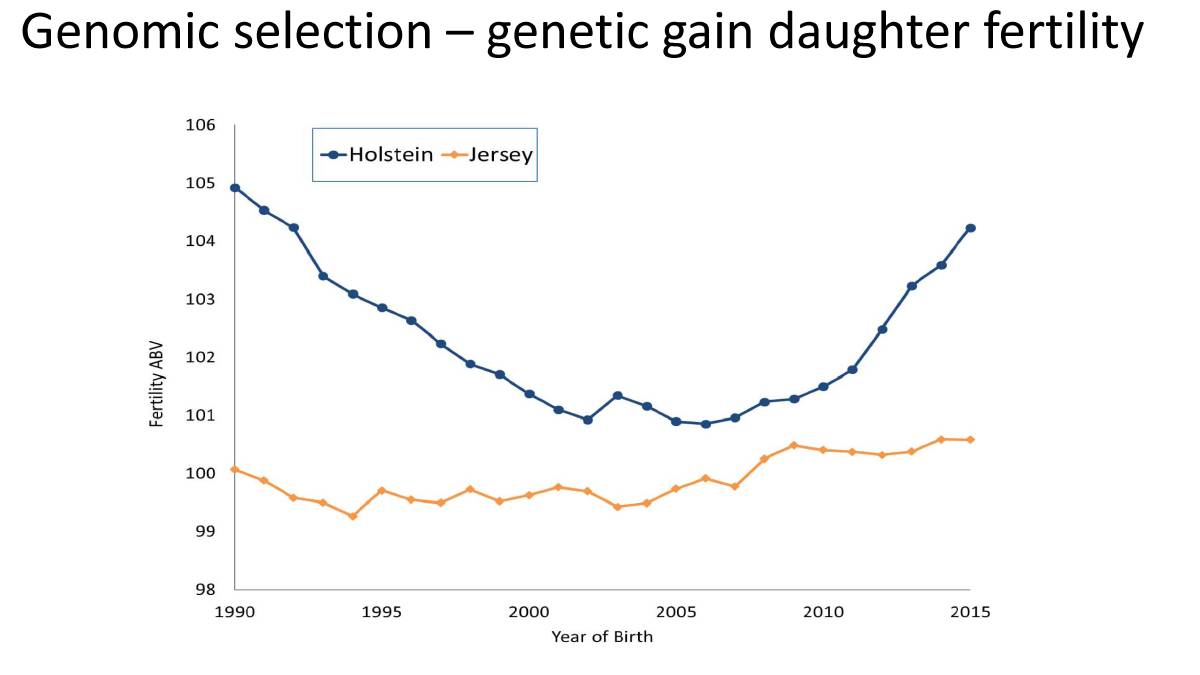
Genomic selection has turned around the decline in daughter fertility in Australian dairy herds.
The clearest example of this was fertility. The trend for daughter fertility had turned around in 2010 and was now heading back to the levels in the early 1990s, when declining fertility had started to become apparent in herds. Genomics had played a key part in this as had the collection of more data.
Farmer experience
Farmers are increasingly using genomic technology to guide decisions on their farms.
Datagene board member Craig Lister, from Calivil in northern Victoria, told the Herd ’19 conference genomic testing had enabled more accurate and intensive implementation of his breeding strategy.
That strategy – to breed productive, healthy and fertile Holsteins with robust functional type – had allowed him to lift his below-average herd to being in the top 10 in Australia in just over a decade.
Mr Lister started genomically testing his heifers in 2011 and his cows in 2014. He now uses sexed semen on the highest genetic merit animals in the herd and uses the genomic results for complementary matings for those animals, so low heritability traits such as daughter fertility can be correctively bred from the first joining.
Leongatha South, Vic, dairy farmer Tim Jelbart told the conference he had gone from knowing nothing about genetics four years ago to using it frequently in his farm decision making.
Mr Jelbart said his family’s operation was producing about 500 heifers a year and they simply did not have the time to “eyeball them all” to identify the best animals.
Genomic test results were now a critical part of decisions about what to do with their heifers.
The Jelbarts were aggressively targeting daughter fertility, ensuring only animals with positive daughter fertility breeding values as well as high BPI were used to breed replacements for their herd. They used sexed semen over these animals.
The genomic data was also used to select surplus animals to be sold to the export heifer market and to verify parentage of herd animals.
Waygu semen was used over the bottom end, providing an animal for a lucrative beef market.
Word of warning
Dutch-based CRV manager innovation Dr Sijne van der Beek provided a word of warning about genomic selection.
Dr van der Beek said an unintended consequence of the technology was increased inbreeding.
He said initially, it had been thought genomic selection would lead to less inbreeding as it allowed more animals to be tested and assessed for breeding programs than a traditional progeny-test program.
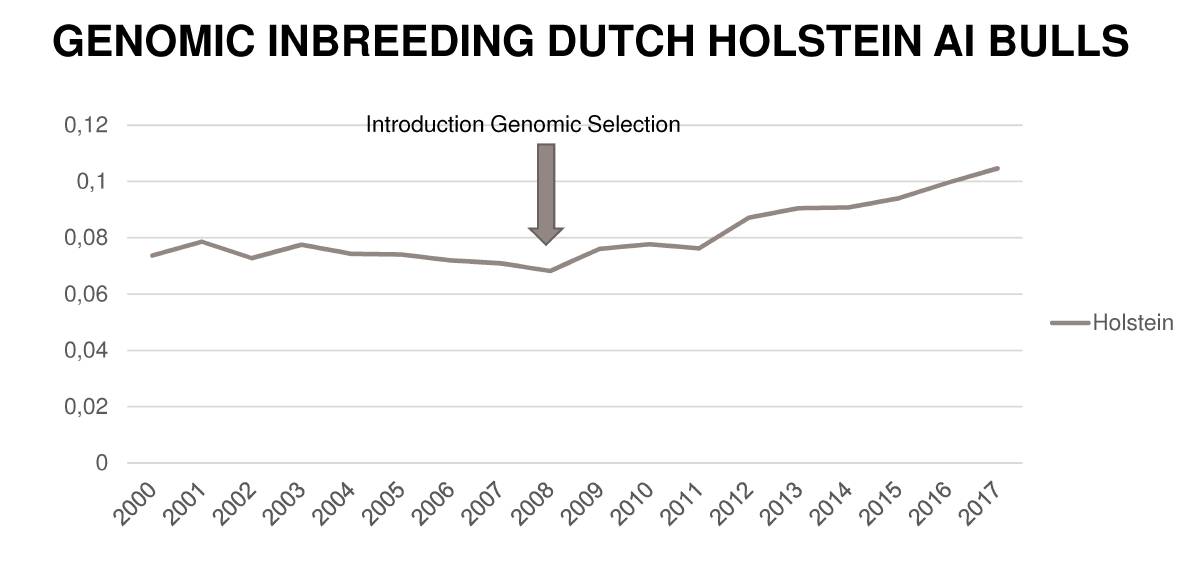
The rate of inbreeding in Dutch Holstein bulls has increased since the introduction of genomic selection.
Progeny-test bulls had been selected based on family information, so were therefore more likely to be related, while genomic selections were based on the genes, so it had been assumed the animals would be less likely to be related.
There were two problems with this. Firstly, genomics looked at markers to estimate the genes – it did not look at the genes directly.
Secondly, there was a bias in the source of the information that guided the breeding values.
“We fall into the information trap,” Dr van der Beek said.
The dominant families were on more farms so there was simply more information available about them. The outcross families had less information available about them to help identify good DNA markers in them.
Another unexpected consequence was that breeding costs for artificial breeding companies had increased. It had been expected that these would decrease because genotyping is cheaper than progeny testing.
“The two are related,” Dr van der Beek said. “Especially for the Holstein breed, the competition between the large global players has intensified.
“They pay a lot to get access to the very best females and invest large sums of money in embryo production and recipient management.
“Generation intervals are ultra-short and only the very best males and females, all related, are used.”
Dr van den Beek said avoiding this problem required targeted data collection of outcross animals and more focus on smaller breeds.
